Birch spirea: description, planting and care

One of the favorite gardeners of ornamental garden shrubs is the birch-leaved spirea, which can be grown both in the southern regions and in the middle lane due to its winter hardiness and endurance. The plant has its own subtleties of planting, reproduction and care, which you need to know about when cultivating it.
Shrub description
Decorative birch spirea (in Latin Spiraea betulifolia) has another name - meadowsweet. This beautifully flowering species is unassuming to care for, can grow on different soils and withstands severe winter cold well.
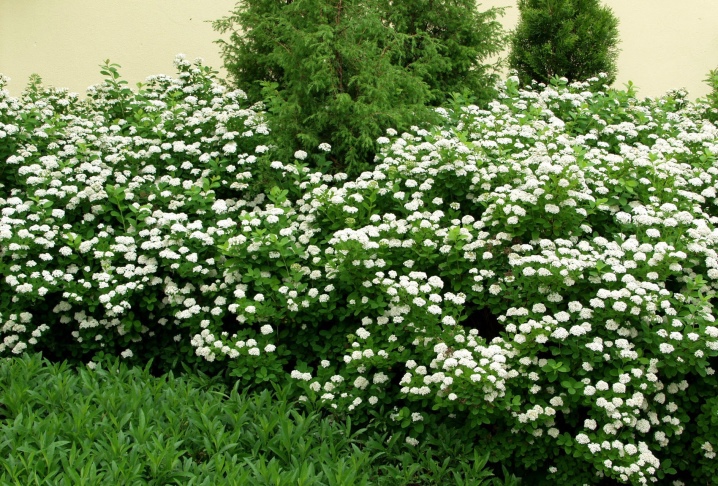
The description of a plant includes a number of characteristics.
- The crown in the form of a ball has the same parameters as its height - 50-80 cm, the foliage retains its decorative effect throughout the summer.
- The branches of the shrub are of moderate growth, the reddish color of the bark predominates in young shoots, while in adult shrubs it is brownish-brown.
- The size of the leaves is from 2.5 to 4.5 cm in length and 1.5 cm in width. The color is green, deep, light streaks lie on the underside. The shape is ovoid with a pointed tip and jagged edges.
- Spirea blooms at the age of 3-4 years, as a rule, in the second half of June, but the flowers do not last long - about two weeks. The inflorescences are a brush in which the lower pedicels are longer than the upper ones, and it turns out that the flowers seem to form a horizontal row.
- The flowers are pinkish, pale and deeper shades, sometimes delicate cream or white. Gardeners who do not propagate the culture by seeds, to preserve the decorative effect, remove the corymbose tassels when they begin to fade.
A particularly bright color of leaves and flowers can be achieved by acidifying the soil for the spirea, but in this regard, different plant varieties may differ somewhat in their preferences.


Distinctive features of the species are its ability to purify the air, emitting phytoncides, as well as the acquisition of beautiful golden and orange shades by foliage in the autumn. One day the spirea planted in the garden is capable of blooming and looking picturesque for up to 20 years, but then it is advisable to update it by cutting the branches as much as possible.

Popular varieties
There are several popular plant varieties, which have successfully taken root in the gardens of lovers of this culture:
- "Thor gold" - a compact bush, not exceeding 70 cm in height, has a rounded crown in the shape of a ball. The variety is able to change the color of the leaves depending on the phases of the growing season - they are green, golden, bright red, burgundy and purple. Small white flowers persist on the bush from the first days of summer to mid-August.

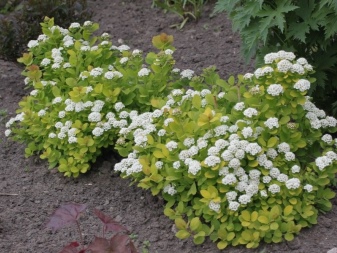
- A spherical crown, in a circumference of 1.5 m, has Island grade, while its height ranges from 80 cm to 1 m. The plant loves illuminated areas and is unpretentious to the composition of the soil. Its inflorescences in the form of scutes include many snow-white flowers.
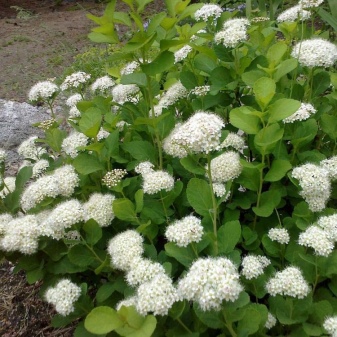
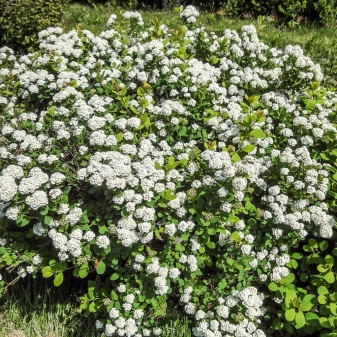
- "Thor" - decorative variety with a hemispherical shape of the aboveground part, a circumference and a height of 1.5. Its flowers are pale beige, yellowish or creamy. The culture is distinguished by high frost resistance, it develops especially well on acidified soils, due to which its foliage acquires a deeper color.
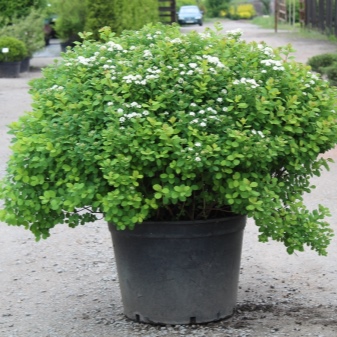

- Beautiful pink flower petals are characteristic of a compact, small-sized shrub. "Pink sparkler"... In height, it grows up to 50-60 cm. The miniature bush looks very impressive thanks to its dense crown and an unusual, original shade of petals.
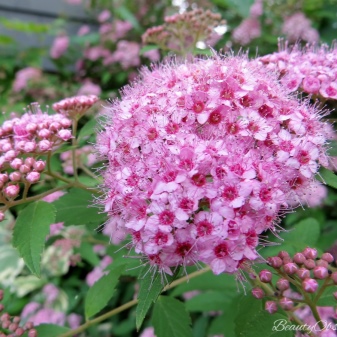

The listed varieties of spirea differ in their size, color and crown shape, different flowering periods, but all of them are highly appreciated for their botanical and decorative qualities and are widely used to decorate gardens and parks.
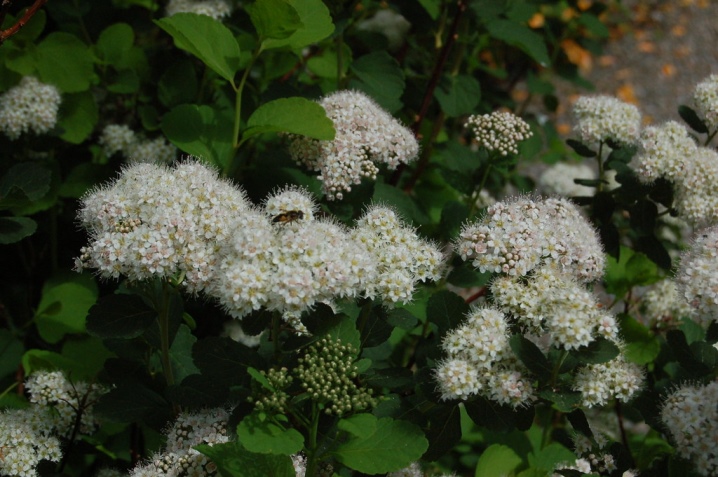
Growing rules
Planting is a crucial moment in the cultivation of an ornamental crop. Therefore, every stage of this process and preparation for it is important.
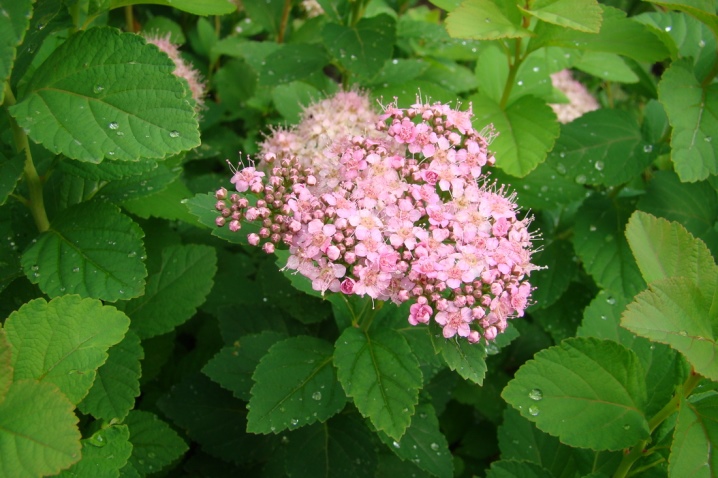
Timing
The optimal time for planting spirea in open soil is spring and autumn. So that the exposure to sunlight does not injure the seedlings, it is wiser to choose a rainy, even rainy day for this procedure.
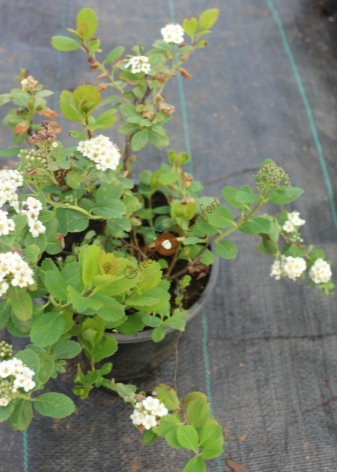

Seat selection
A well-lit area with light shading is suitable for a shrub, in a place where underground waters lie quite deep.
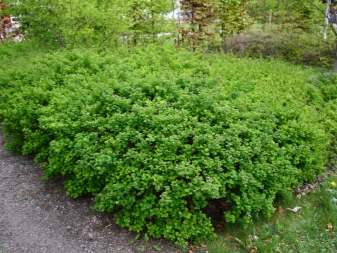
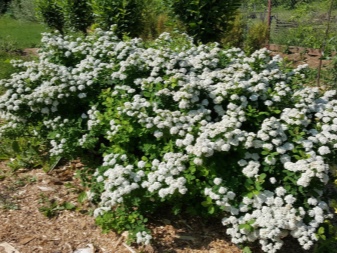
Soil preparation
For good adaptation and rapid growth of the bush, you need fertile, loamy soil with an increased level of acidity. Additionally, it is necessary to introduce organic fertilizers into the soil - rotted manure or compost.
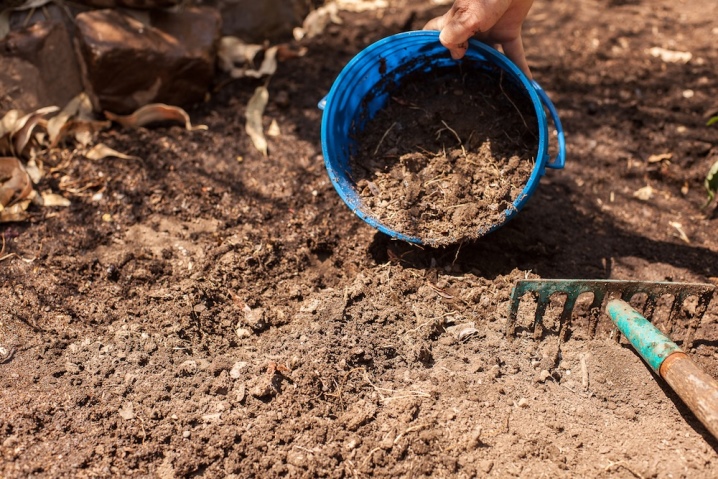
Landing scheme
Algorithm of actions:
- 10 days before planting, a hole is prepared for a seedling with a depth of 60 cm, which in size should exceed the volume of the roots by 1/3;
- intervals of 0.5 m are left between plants, smaller gaps are permissible if a hedge is created;
- drainage from gravel and small pebbles or expanded clay is poured at the bottom of the pit;
- the substrate for the culture must contain peat, humus, coarse sand and sod land;
- before planting, the root system of a young bush is dipped into water with a growth stimulant dissolved in it.
- container plants are spilled abundantly with water for safe extraction;
- the spirea is placed in a hole with a root collar located at ground level.
Having tamped the ground, water the ground under the bushes well, before sprinkling it with mulch.
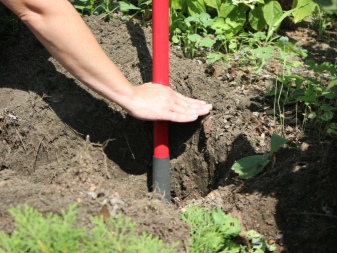
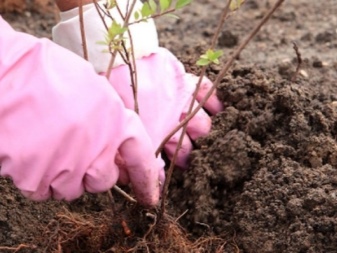
Care features
Spirea needs regular watering, mulching, feeding with nutrients and other procedures necessary for its cultivation.
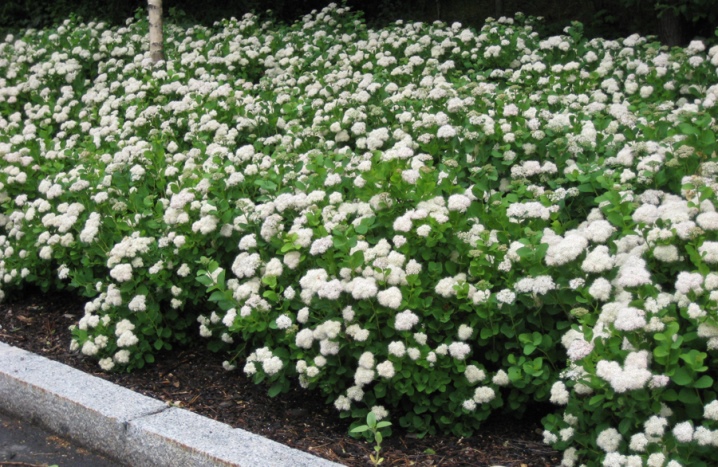
Watering
It is necessary to irrigate the near-trunk zone 1-2 times every 15 days, pouring about two buckets of water under each bush. You can completely stop watering in cool weather. (+10 degrees and below). Mulch is placed after watering, the optimal materials are peat crumbs, loosening in this case is irrelevant.
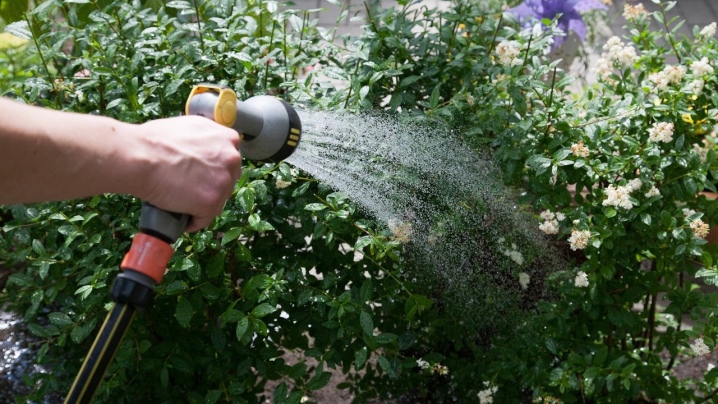
Fertilization
Twice during the growing season, the plant is fertilized - in the spring the soil is watered with a solution of liquid manure mixed with superphosphate. Before the formation of buds, it is required to add agents that include phosphorus and potassium to the soil.
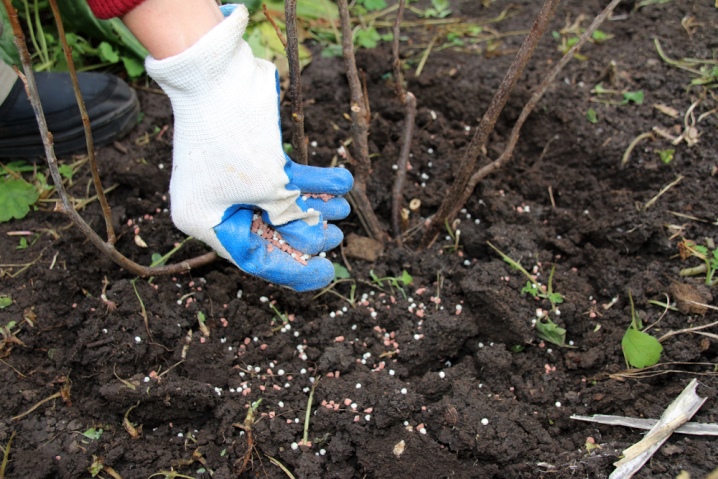
Pruning
For group plants, a shaping cut is important to keep the bushes neat. Sanitary pruning is carried out in the spring - old and young shoots are cut to the first internode. In adult shrubs at the age of 4-5 years, branches with a length of 25 cm are left for rejuvenation.
Preparing the spirea for wintering consists in examining and removing spoiled shoots, the bushes are mulched with organic matter and peat to protect the plant from small animals, and they enclose the shrub with a fine mesh. There is no need to cover frost-resistant shrubs with special protective materials.
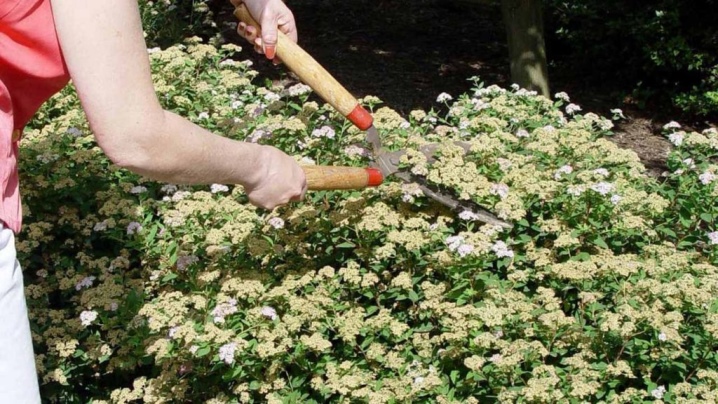
Reproduction methods
Each gardener chooses for himself the most convenient way of breeding birch spirea.
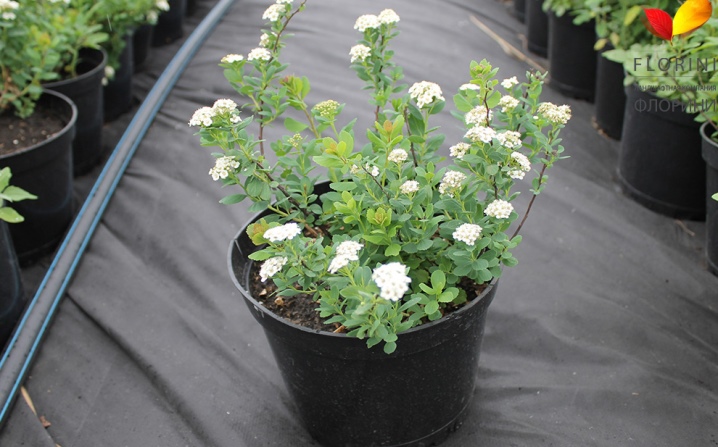
Cuttings
You can cut a shrub in the fall. During the procedure, branches are cut that grow vertically upward, young, and have had time to lignify. After that, only the apical leaves are left, and the branch is placed in a solution for root formation. Cuttings are planted in containers with moistened sand with a slight slope. In autumn, they are buried in the ground, and covered before spring planting.
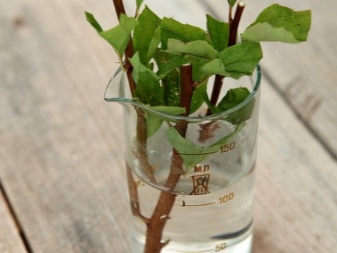
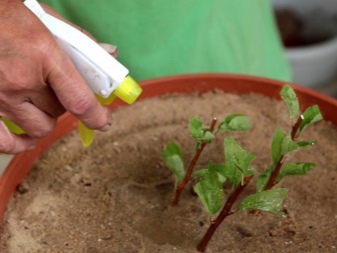
Layers
An easy way for novice gardeners is to get cuttings. The lower healthy shoots of the bush must be dug into the soil under the mother plant in the prepared shallow pits, and, having securely fastened, constantly moisten the near-stem circle of an adult bush. Along with the, other agricultural work can be carried out, but with caution, trying not to damage the process of root formation in the future seedling... For the winter, the land is mulched, covered with protective materials, and shoots with roots are separated in the spring, then they are planted in open ground.

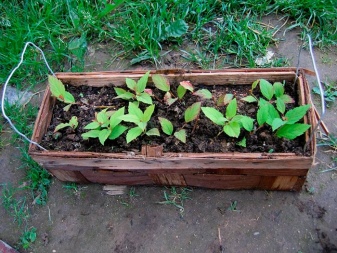
By dividing the bush
So you can get cuttings from plants at the age of 3-4 years. In the fall, the ground under the spirea is well watered, dug in a circle, remove the bush and divide it into several parts with a sharp tool. Each must have an intact trunk and strong roots. Shrubs can be planted in the soil, but for the winter they will have to be carefully covered to prevent freezing.
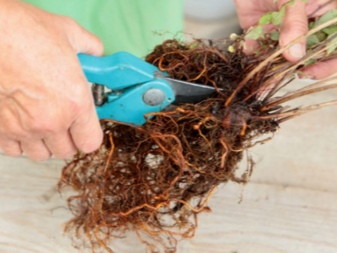
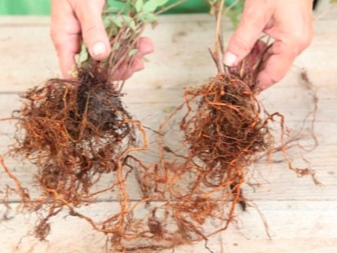
The seed method is not very popular, because it takes a lot of time and effort. High quality seeds are very important, otherwise they may not sprout. Seedlings are sown in the spring, after having carried out antifungal treatment and stratification. In greenhouse conditions, seeds germinate, then they are planted. For the winter, young plants are best moved to greenhouses, and planted in a permanent place next spring.

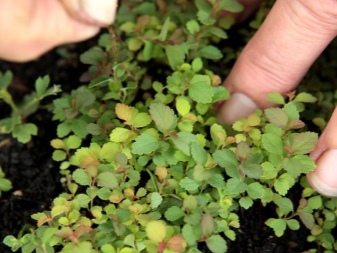
Diseases and pests
A culture such as spirea is rarely exposed to diseases and attacks of harmful insects. But with the wrong agricultural technology, she can also suffer from these troubles.
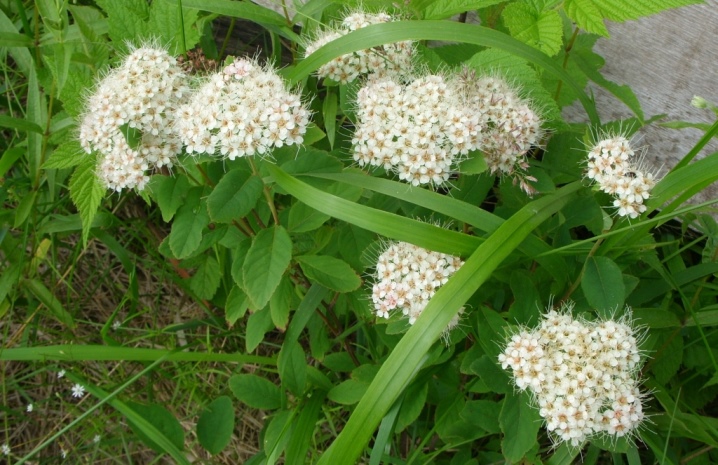
Common problems that gardeners face when growing shrubs are gray mold, different types of spotting. For treatment, you will need to cut off branches completely affected by the fungus, and spray with fungicidal preparations.
An effective result is provided by the protective contact agent "Ditan M-45", which can help with infection with peronospore, phytophthora and other pathogenic fungi. And also against a variety of fungal diseases, it is advisable to use "Benomil" both as therapy and for prophylaxis. The easiest method is to process with Bordeaux liquid in the spring.
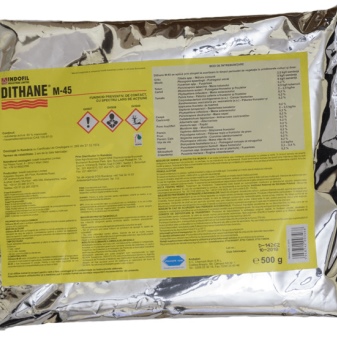
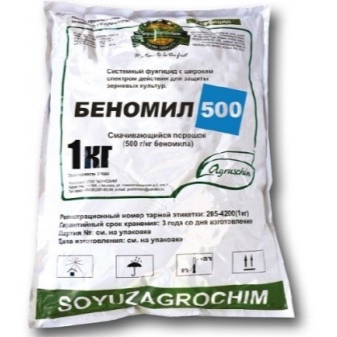
Dangerous pests that threaten the normal growth and active vegetation of bushes include:
- spider mite, signs of the vital activity of which are the appearance of whitish specks on the leaves, and later their yellowing and drying;
- leaf aphids and their larvae - pests suck vital juices from young twigs, as a result of which they lose their attractiveness and may die.
Other pests - sawflies, whiteflies and leafworms, ticks - can also cause significant damage to the plant. In such a situation, it is necessary to use acaricidal and insecticidal agents.
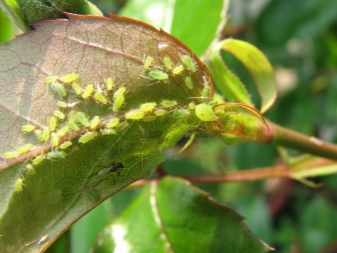
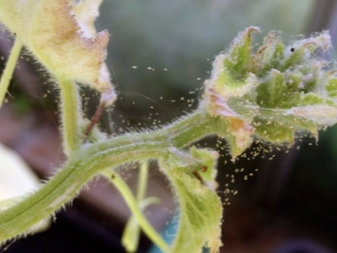
Application in landscape design
The birch-leaved variety is grown for use in single and group plantings. The high decorative properties of the plant allow you to create various original compositions with its participation:
- spirea looks spectacular as a frame for rocky gardens and flower beds using landscape stones;
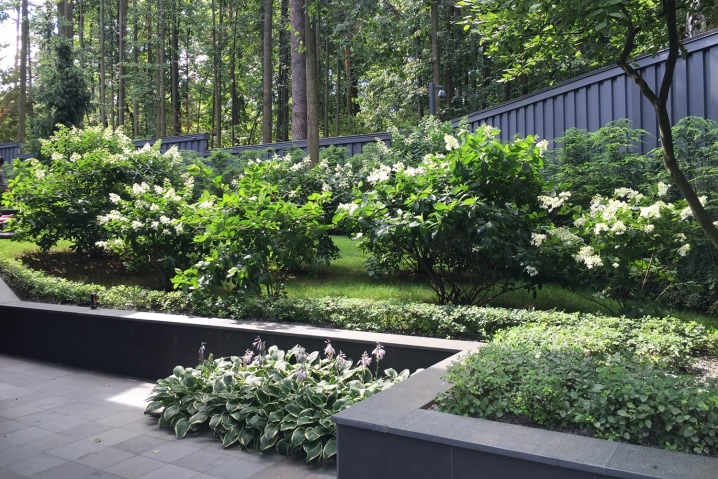
- a good option for use is a combination with other elements in the composition of an alpine slide;
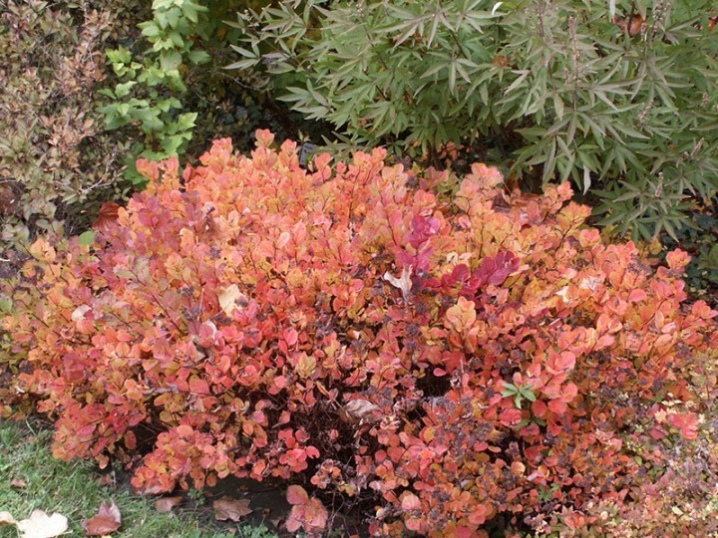
- culture is indispensable for arranging such an elegant flower garden as a mixborder;
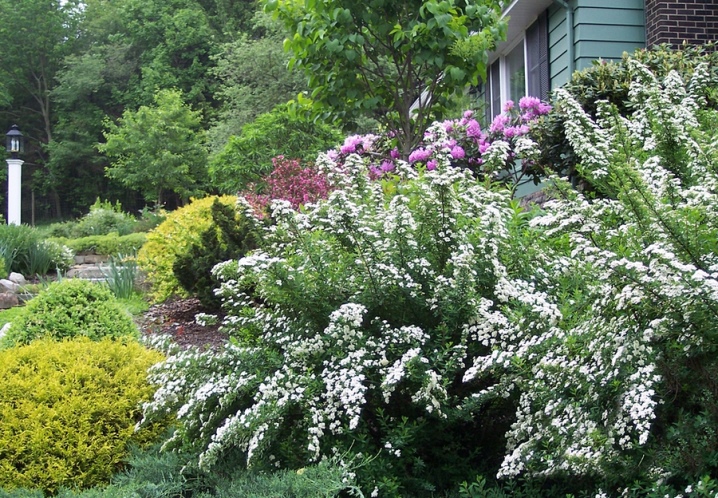
- With the help of group plantings of spirea, you can beautifully zone the site, especially miniature varieties of meadowsweet are suitable for this.
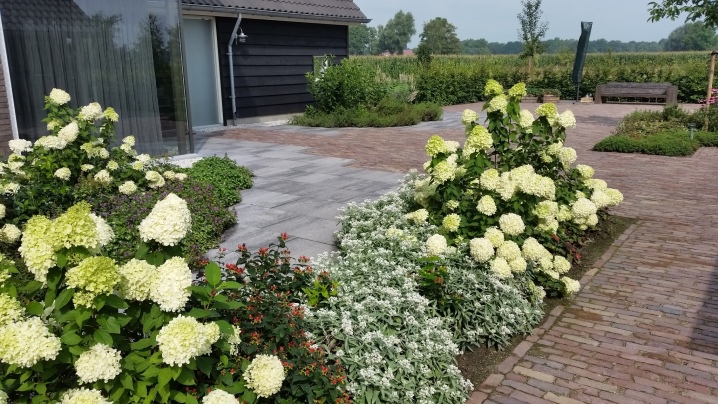
Flowering shrubs can decorate the porch, green lawns, it goes well with tall and undersized conifers and bushes. Often, original ensembles are obtained when spirea bushes are combined with perennial bright and large flowers, park roses and asters, flowering weigela, lilac and hydrangea bushes.
The most remarkable quality of birch spirea is that it is beautiful not only at the moments of flowering. The shrub maintains its decorative effect constantly, creating a good mood and a unique atmosphere of the garden at any time.
For more information on birch spirea, see the video below.



































































The comment was sent successfully.